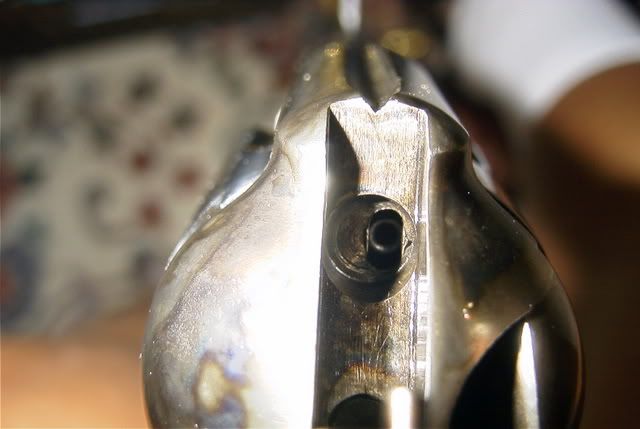I wonder if you could go to ATF site and email them your question and picture of the firearm. I think you could get a hundred diffrent answers on here and none us be right.I would say it should fall under the black powder rules, but who am I to say.
Now you got wondering other than the fireing pin hole what is the differance between the frame and barrel on your gun and a uberti 1873 45 colt. Please I'm not trying to be smart here but they sure do look a lot alike.
Albert
Now you got wondering other than the fireing pin hole what is the differance between the frame and barrel on your gun and a uberti 1873 45 colt. Please I'm not trying to be smart here but they sure do look a lot alike.
Albert







